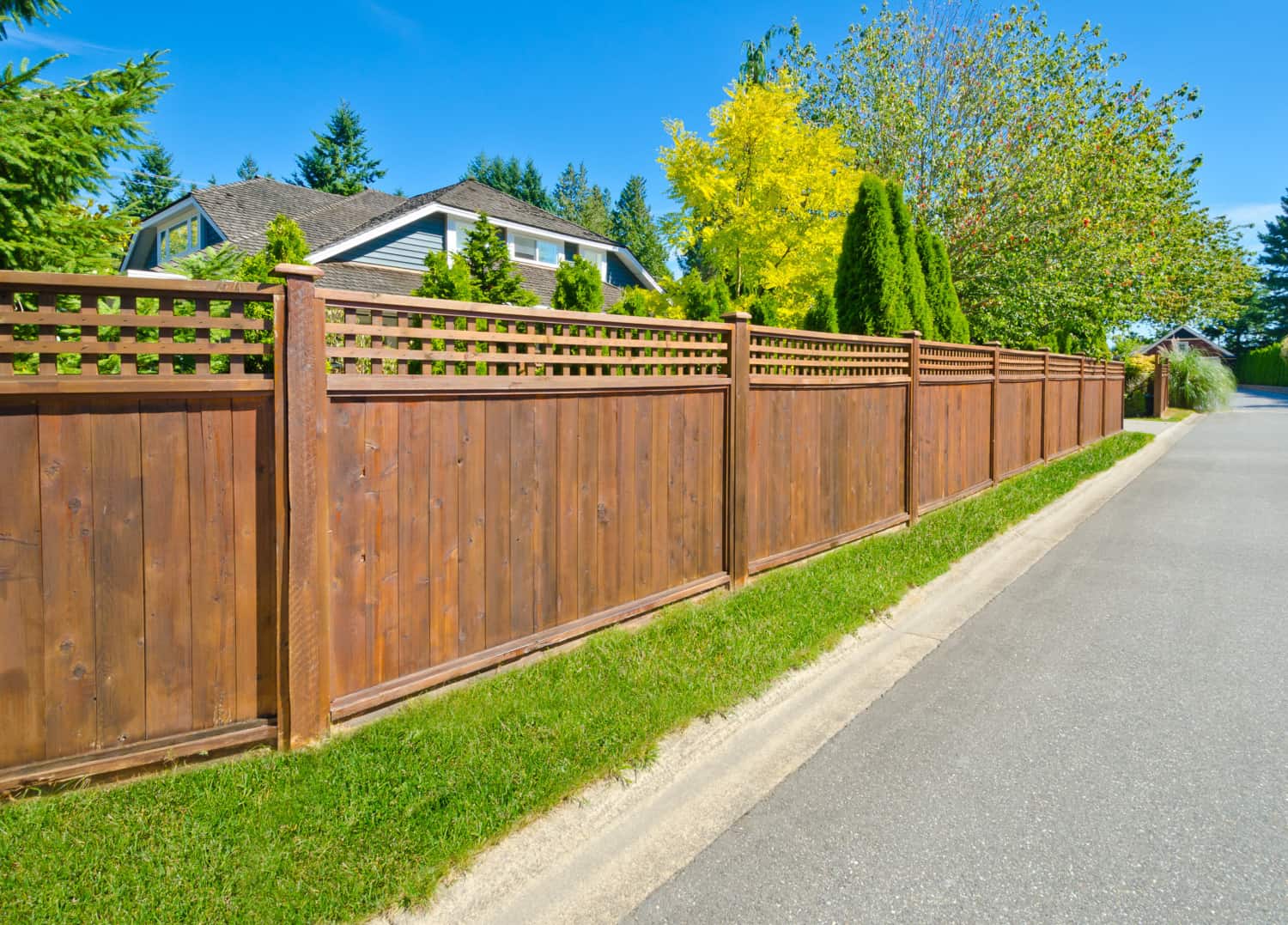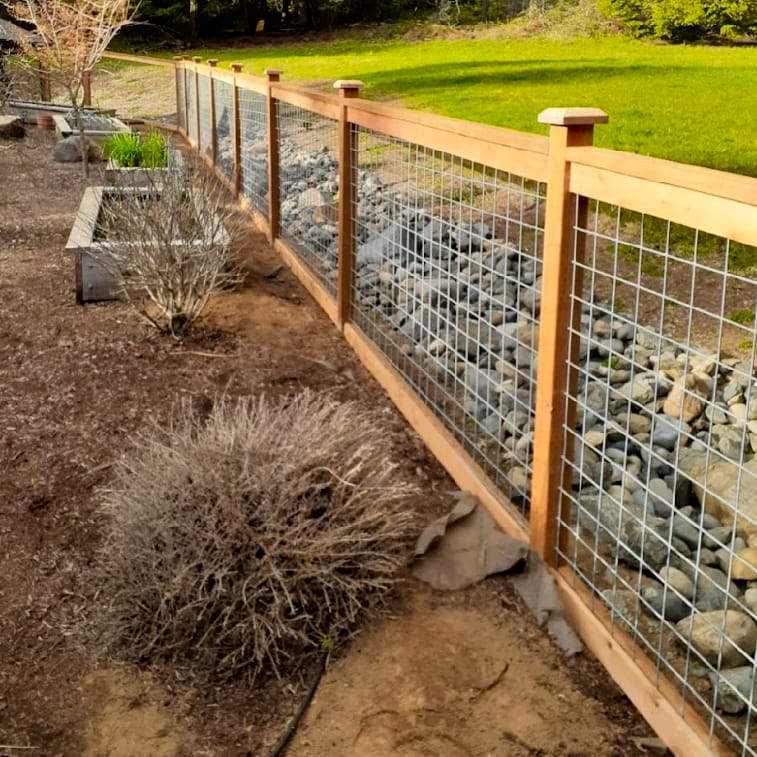All Categories
Featured

As sustainability becomes a growing priority for house owners and businesses, the need for green structure products reaches outside areas, including fences. Traditional fencing products such as plastic, steel, and wood can have significant ecological impacts, from logging to chemical therapies and plastic waste. There are several green secure fencing choices available that not only minimize the carbon impact but also use longevity and aesthetic charm. Allow's check out a few of one of the most lasting and popular fencing materials that can aid you go green while still enhancing your residential or commercial property's personal privacy, style, and safety and security.
- Bamboo Fencing. Bamboo is among the most lasting materials on the marketplace, and it is progressively utilized in fence building due to its rapid development and toughness. Unlike hardwood trees, bamboo is a lawn that can expand back totally within just a few years, making it very eco-friendly. It's normally immune to pests and rot, which suggests it does not require severe chemicals or treatments, making it an environmentally friendly choice.

Perks: Bamboo fencings are durable, low-maintenance, and eco-friendly. They are naturally immune to termites and wetness, lowering the need for chemical preservatives. Additionally, bamboo aids reduce dirt disintegration due to its deep root systems. Considerations: Bamboo can be a lot more expensive than some conventional timber fence options, and it might not appropriate for areas with extreme chilly or freezing temperature levels, as it can come to be weak in time. 2. Recycled Materials Fencing. Secure fencing made from recycled products is an amazing way to promote sustainability. Lots of makers now offer fencings made from post-consumer plastic, recycled timber, or perhaps repurposed steel. By selecting secure fencing made from recycled materials, you decrease the demand for new sources and help stop waste from winding up in land fills. Several composite products, for instance, are made from recycled plastic containers, wood scraps, and other products that would or else be thrown out.
Perks: Recycled product fences aid preserve all-natural resources, minimize pollution, and reduced the ecological effect of the production procedure. They can also use excellent durability, standing up to degeneration, mold, and termites. Considerations: While recycled material fencings are environment-friendly and highly durable, they may not have the same natural visual that some home owners seek. However, suppliers currently supply styles that mimic the look of timber or stone. 3. Composite Fencing. Composite fencing is made from a blend of wood fibers and plastic, usually incorporating recycled materials. This mix creates an extremely long lasting, low-maintenance fence that does not call for routine painting or discoloration, making it a lasting alternative. Composite fences are immune to rot, bugs, and weathering, which means they can last for many years without the requirement for constant substitutes.

Conveniences: Composite fences are long-lasting and can endure rough climate condition, reducing the demand for replacements or fixings. Because composite materials usually consist of recycled content, they help in reducing plastic waste. Additionally, they do not need unsafe chemicals or treatments. Considerations: Composite fences can have a greater upfront expense than standard wood or vinyl, though their toughness and minimized upkeep prices usually make them a much more cost-efficient option over time. 4. Living Fencings. Living fences, likewise referred to as hedges, are an environmentally friendly and aesthetically pleasing alternative that includes planting thick hedges, trees, or climbing up plants along your building line to develop an all-natural obstacle. Popular plants for living fencings include boxwood, privet, and holly. These plants can be grown to give personal privacy, windbreaks, and noise reduction while adding to ecological wellness.
Perks: Living fences promote biodiversity, boost air quality, and absorb carbon dioxide, making them among one of the most eco-friendly fencing choices. They additionally supply an all-natural environment for bugs and birds and can decrease sound pollution and aid regulate temperatures in your lawn. Considerations: Living fences need regular upkeep, such as trimming, watering, and in some cases pest control. They also take time to develop and might not give prompt personal privacy contrasted to strong timber or vinyl fencings. 5. Cedar and Redwood Secure Fencing. Cedar and redwood are prominent natural wood choices for fencings. These materials are durable and naturally immune to rot, pests, and moisture, which means they generally don't need using unsafe chemical therapies. When sourced from sustainably managed woodlands, cedar and redwood fencings can be an eco-friendly choice that gives both charm and long life.
Advantages: These timbers are naturally degradable, renewable, and deal outstanding toughness and natural elegance. Cedar and redwood likewise have a lower environmental impact when harvested sensibly, making them an environment-friendly option for many homeowners. Factors to consider: While cedar and redwood fences have ecological benefits, they do still need periodic upkeep and are a lot more costly than other wood alternatives. It's crucial to guarantee that the timber is sourced from sustainable woodlands to maximize its environmental advantages. 6. Rock and Brick Secure Fencing (Redeemed) Stone and brick fencings are unbelievably resilient and low-maintenance, and they can be eco-friendly when made from redeemed products. Reclaimed rock and brick are typically restored from old structures or building and construction projects, lowering waste and saving all-natural sources. These materials use an ageless appearance and are highly immune to weathering, making them a resilient remedy for fencing.
Perks: Recovered rock and brick are sturdy, cosmetically pleasing, and call for minimal maintenance. By repurposing these materials, you assist lower the demand for brand-new resources and lower waste in land fills. Factors to consider: The installation of rock and brick fences can be labor-intensive and a lot more expensive compared to various other products, however their long life and reduced maintenance needs can make them economical over time. Conclusion. Environment-friendly fence choices are not only helpful for the setting but additionally provide resilience, low maintenance, and aesthetic appeal. Whether you go with bamboo, recycled products, composite fence, living fences, or lasting timber like cedar and redwood, there are several means to lower your ecological impact while improving your residential or commercial property's appearance. By selecting these eco-conscious materials, you can contribute to a healthier world and produce an outside room that mirrors your values.
Latest Posts
Design and Performance Combined
Published Apr 19, 25
1 min read
Checking out the Advantages of WyHy Share Interest-bearing Account
Published Apr 19, 25
1 min read
Emergency Situation Roof Covering Repair Service-- Stopping Leakages in Their Tracks
Published Apr 19, 25
1 min read